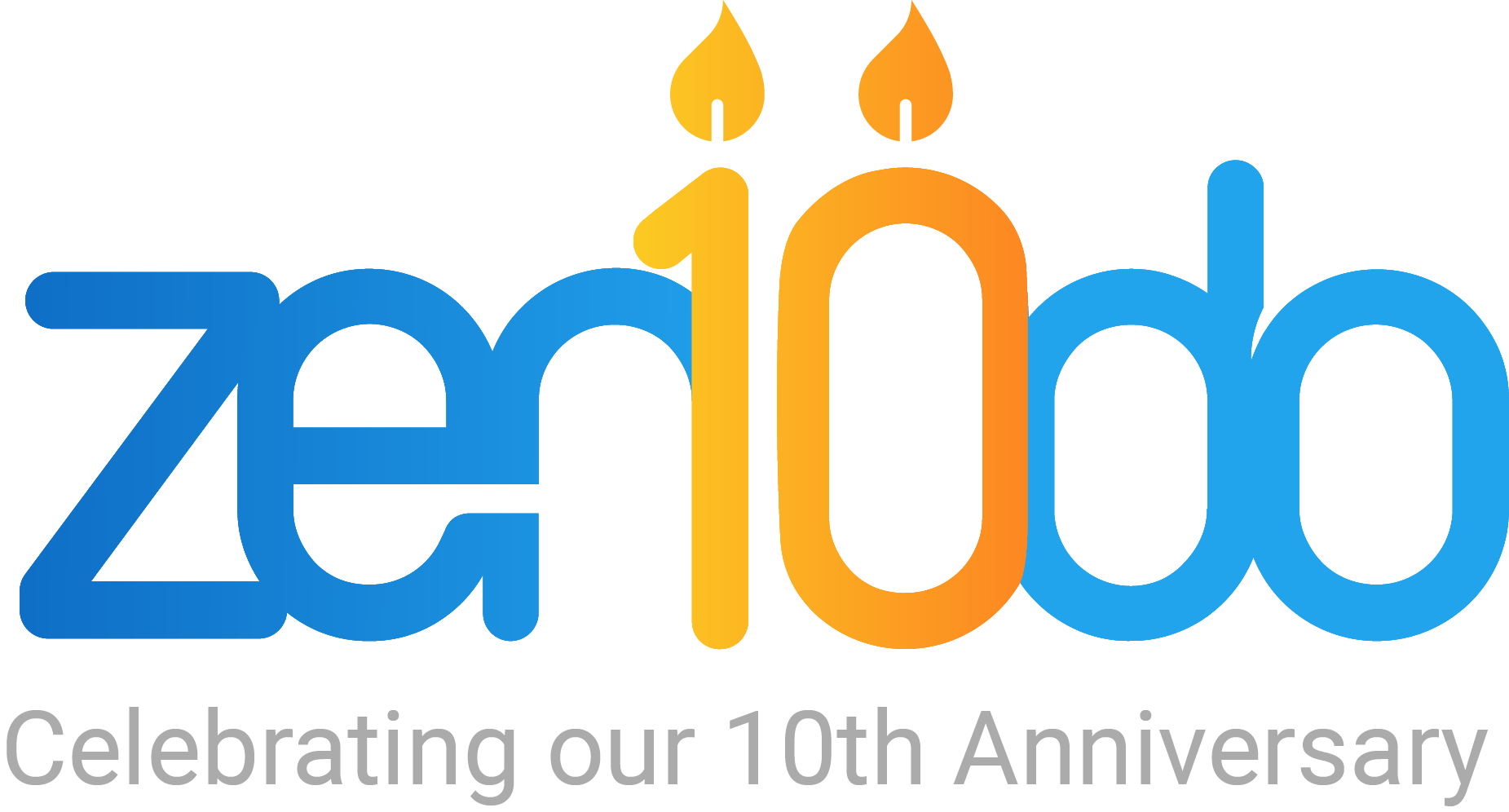High-Resolution Demand-Side Management Modelling in Support of Renovation Packages and Services for Efficient, Sustainable, and Inclusive Energy Use
Introduction
The EU has long pursued efforts towards decarbonisation in the buildings sector to achieve relevant targets, through a constantly evolving European policy landscape. In this context, FORTESIE prioritises renovation and Efficient, Sustainable, and Inclusive Energy (ESIE) use, aiming not only to reduce emissions but also to improve quality of life and comfort for all citizens.
FORTESIE builds on the idea that the energy transition should be green, sustainable, and inclusive, while also considering individual well-being and comfort. Towards its efforts, computational modelling and simulation tools can play a central role, as they could support evidence-based decision-making, and, thus, help policymakers, end-users, and other relevant stakeholders understand complex dynamics, acting as "negotiation spaces" where different interests and perspectives can be balanced.
The DREEM Model
Within FORTESIE, the Dynamic high-Resolution dEmand-sidE Management (DREEM) model has been applied as a key tool for designing, testing and validating innovative ESIE renovation packages and services. The application of the model focuses on energy demand patterns, energy efficiency, and behavioural aspects of end-users.
Its novelty lies in combining high-resolution building energy simulations with demand-side management and flexibility, and technoeconomic assessment in a way that is both comprehensive and computationally efficient. This enables not only the evaluation of technical solutions, but also the design of business models and regulatory innovations that build trust, reduce uncertainty, and encourage investment.
Real-Life Application
The application of the model was carried out in four (4) real-life residential pilots located in France, Portugal, and Spain (Figure 1), and the work was structured around the following key activities:
1. Data Collection
For each of the selected residential pilots, detailed information was collected on:
- Building characteristics (e.g., typology, building envelope characteristics, thermal transmittance values, surface)
- Heating and cooling systems
- Occupancy patterns
- Appliance use
The collected data allowed the calibration and parameterisation of the DREEM model, enabling accurate baseline estimations of energy consumption, emissions, and comfort levels.
2. Dynamic High-Resolution Demand-Side Management Modelling
As a next step, DREEM was applied to establish the baseline ("prior situation") conditions for each pilot, including energy consumption, emissions, and thermal comfort levels. Building on the baselines, the model simulated a wide range for "future scenarios" in which different integrated ESIE renovation packages and services were applied.
This approach allowed for an informed comparison between the current situation and possible future outcomes, highlighting the expected benefits and trade-offs of different renovation pathways.
3. Technoeconomic Assessment
To complement the scenario analysis, a technoeconomic assessment framework was applied to evaluate the cost-effectiveness, economic viability, and sustainability of the renovation packages and services designed for each real-life pilot.
Using a set of well-established indicators, the assessment examined several technoeconomic parameters, looking at:
- Energy and cost performance
- Economic viability
- Potential risks
- Broader considerations of sustainability and replicability across different contexts
By linking technical performance with economic outcomes, this step aimed to provide actionable insights for policymakers, financing bodies, and end-users, ensuring that renovation strategies are not only technically sound but also financially viable.
Impact and Outcomes
Overall, the FORTESIE project has taken important steps in turning innovative ideas into practical, market-ready renovation solutions. A key part of this effort is ensuring that end-users can take a more active role in the energy transition by becoming aware of the benefits of investing in innovative energy products and services.
Within this rationale, the use of advanced modelling enabled the project to deliver tailored recommendations and scenario-based insights that assess different portfolios of renovation solutions, not only in terms of energy performance but also technoeconomic viability.
Conclusion
In this way, high-resolution demand-side management modelling tools, like DREEM, support more effective decision-making, builds trust, and paves the way for wider adoption of integrated renovation packages across Europe. These tools represent a crucial bridge between technical innovation and practical implementation, ensuring that the energy transition is both effective and inclusive.

